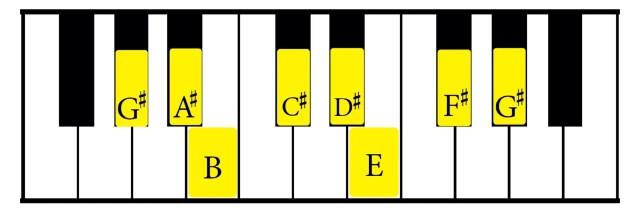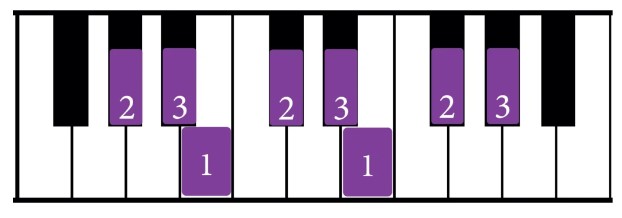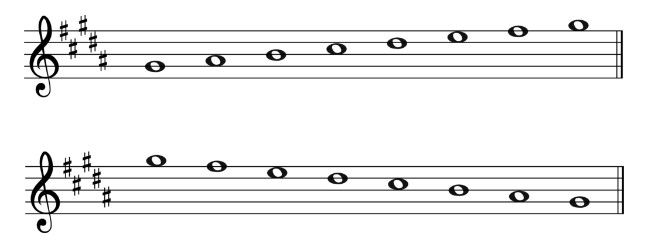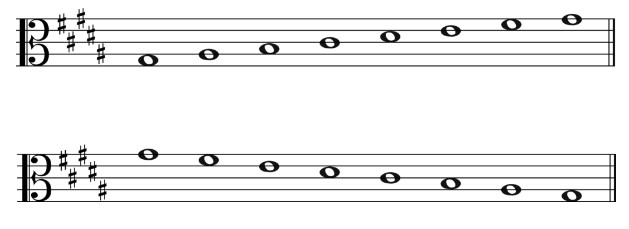The G Sharp Natural Minor Scale Theory
There are three variations of the minor scale: the natural minor, harmonic minor, and melodic minor. For this post, we will focus on the G Sharp Natural Minor Scale, but you can explore the G Sharp Harmonic Minor and G Sharp Melodic Minor in our other articles.
HOW TO CREATE THE G SHARP NATURAL MINOR SCALE
The scale with G Sharp Minor is composed of seven notes, namely G#, A#, B, C#, D#, E, F#. The G# Minor scale typically begins and ends on the note G#, and it can be repeated at different octaves. This scale belongs to the key of G# Minor, which is a diatonic scale.
The Natural Minor scale has a specific pattern of tones and semitones, which consists of Tone, Semitone, Tone, Tone, Semitone, Tone, Tone. By following this pattern from the note C, we get the C Natural Minor Scale. Similarly, to create the G# Minor scale, we can follow the same tone/semitone pattern starting from the note G#. It is important to note that no matter which note we start with, we will always achieve the minor scale starting on that note.

G SHARP NATURAL MINOR SCALE ON THE PIANO
As you can see, if we were to play this scale on the piano diagram we five black keys.

To play this scale on the piano use the fingers written below.

G SHARP NATURAL MINOR SCALE ON THE GUITAR
You can use the tab below to play the G# Natural Minor scale on the guitar

DEGREES OF THE SCALE
Within the G# Minor scale, each note has a specific position, which is referred to as the degree of the scale. The initial note of the scale is known as the 'tonic' note.

KEY SIGNATURE FOR G SHARP MINOR
Instead of writing sharp signs on each note, we can utilize the key signature. B Major and G# Minor are relative to each other, and we can determine this relationship because G# is the sixth note of B Major. Consequently, they both have the same key signature, which includes 5 sharps: F#, C#, G#, D#, and A#.

G SHARP MINOR SCALE IN DIFFERENT CLEFS
Treble Clef
Below is the G# Natural Minor Scale written out in the treble clef, both ascending and descending.

Bass Clef
Below is the G# Natural Minor Scale written out in the bass clef, both ascending and descending.

Alto Clef
Below is the G# Natural Minor Scale written out in the alto clef, both ascending and descending.

Tenor Clef
Below is the G# Natural Minor Scale written out in the tenor clef, both ascending and descending.

When we say that a musical composition is in the key of G# Minor, it implies several things.
- The key signature for this composition will not have any sharps or flats as it is relative to B Major.
- The most stable note throughout the piece will be G sharp, which is also the root note.
- The majority of notes used in this composition will be derived from the G sharp Minor scale, regardless of which octave they are played in.
- The chords used in this composition will be those that come from the G sharp Minor scale.
If you’re interested in learning more about music scales, chords, and musical theory, visit our Guitar tunio today








